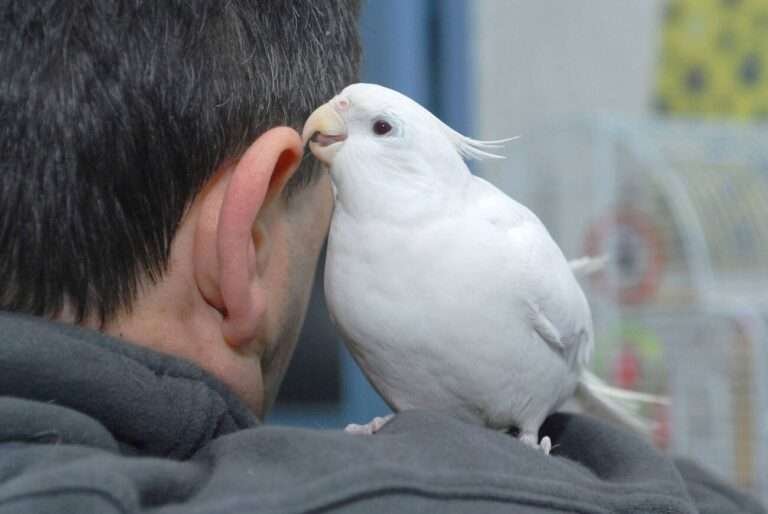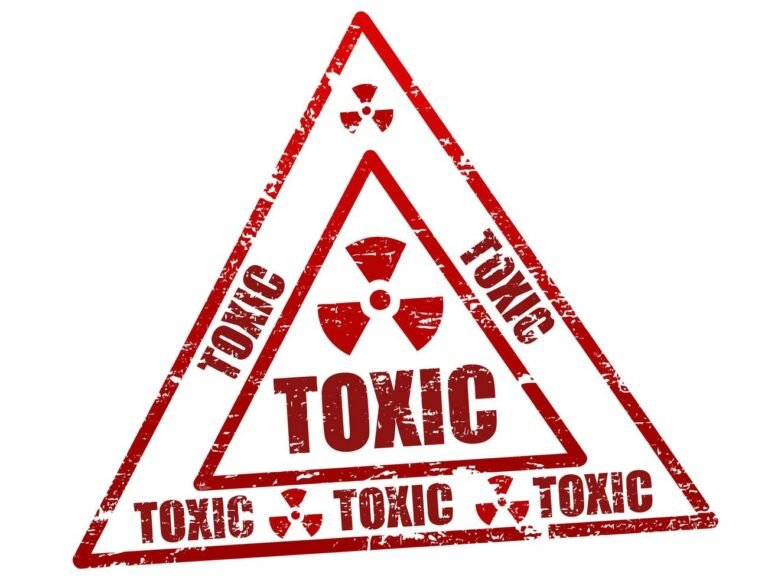How to Determine Your Cockatiel’s Age: A Complete Guide

My journey with cockatiels began when a friend gifted me my first bird. Since then, most of my current cockatiels are babies that I’ve raised, watched grow into adults, and eventually pair with others to breed. Understanding the right breeding age is crucial for producing healthy cockatiel babies. If you’re unaware of the proper age for breeding, your cockatiels may not yield the best results. Whether you’re a proud cockatiel owner or planning to become one, you might be curious about how to determine your bird’s age. Unlike dogs or cats, cockatiels don’t have obvious markers like teeth or fur changes to indicate their age. However, there are several methods and clues you can use to make a good estimate. In this post, we’ll guide you through various ways to assess your cockatiel’s age using physical traits, behavior, and expert advice.
Understanding Cockatiel Life Stages
Before diving into the different methods to figure out your cockatiel’s age, it’s important to understand the basic life stages of a cockatiel. Each stage comes with specific physical and behavioral changes that can help you narrow down your bird’s age.
Hatchling (0 to 3 months)
Hatchlings are newly born cockatiels that rely on their parents or caretakers for food and warmth. At this stage, they are completely helpless and need a lot of attention. Their feathers haven’t fully developed, and their body appears almost bald, except for small patches of down feathers.
Juvenile (3 to 12 months)
As a juvenile, your cockatiel starts growing feathers, and by the end of this stage, they have their first full set of adult feathers. Juvenile cockatiels are playful, curious, and energetic. Their color patterns are more vibrant during this phase.
Young Adult (1 to 3 years)
By now, your cockatiel has reached full maturity. Their feathers are bright, and they begin displaying adult behaviors like courtship and possibly even mating. They’re strong flyers and vocal communicators.
Mature Adult (4 to 6 years)
A mature adult cockatiel is calm and settled into its environment. Their feathers may start to look slightly worn, and their energy levels might slow down compared to their youthful days.
Senior Cockatiel (7 years and older)
As a cockatiel enters its senior years, it may start showing signs of aging. Feathers may become dull, health issues can arise, and they may be less active. However, many cockatiels continue to thrive well into their teens and even twenties with proper care.
Method 1: Feather Appearance
One of the most reliable ways to determine a cockatiel’s age is by looking at its feathers. Feathers change as the bird grows older, and paying attention to these changes can give you a rough estimate of your cockatiel’s age.
Juvenile Feathers
If your cockatiel is young (under a year old), its feathers will appear smooth, soft, and bright. Juveniles also have specific markings that distinguish them from adults. For instance, many juvenile cockatiels have horizontal bars on the underside of their tails and wings, which disappear as they mature.
Adult Feathers
Once the cockatiel reaches adulthood, its feathers become more vibrant and fully developed. The bird will lose the juvenile markings during its first molt (which typically occurs between 6 to 12 months). Adult cockatiels tend to have stronger, sleeker feathers.
Senior Feathers
As cockatiels age, their feathers might start to lose their shine and become dull. They may also show signs of wear and tear or develop bald spots. Older cockatiels may also molt less frequently than younger birds.
Method 2: Eye Color and Eye Rings
Another method to estimate your cockatiel’s age is by looking at its eyes.
Young Cockatiels
Hatchlings and juveniles usually have dark, shiny eyes. The eye ring (the skin around the eye) is not as prominent in younger birds. As they mature, the eye color and ring will change.
Adults
Adult cockatiels may develop a lighter or more defined eye ring. In some species or color variations, adult cockatiels will have brighter eye rings, especially in males.
Older Cockatiels
Senior cockatiels often have paler eye rings, and their eyes might lose some of their luster. In some cases, older cockatiels may even develop cloudy eyes due to age-related conditions like cataracts.
Method 3: Behavior and Activity Levels
Cockatiels’ behavior can also provide hints about their age.
Juvenile Behavior
Young cockatiels are typically energetic, playful, and curious. They are highly social and may explore their surroundings frequently. Juveniles might also be more vocal, chirping, and learning to mimic sounds.
Adult Behavior
As cockatiels mature, they become more settled. Adults still enjoy playing and socializing but may not be as hyperactive as juveniles. They might display courtship behaviors such as singing or dancing if they’re of breeding age.
Senior Behavior
Older cockatiels tend to slow down. They may rest more, become less interested in toys or exploration, and may prefer quieter environments. Older birds might also be less vocal and may not engage in the same level of physical activity as when they were younger.
Method 4: Beak, Feet, and Nails Condition
As cockatiels age, their physical features like the beak, feet, and nails also change.
Beak
In young cockatiels, the beak is smooth and well-shaped. As the bird ages, the beak might become more scuffed or discolored. Some senior cockatiels may develop overgrown beaks that need to be trimmed.
Feet
Young cockatiels have smooth feet with fewer scales. As they age, the feet may become rougher or develop more pronounced scales. Older birds might have calloused feet or show signs of arthritis.
Nails
The nails of juvenile cockatiels are typically shorter and more flexible. In older cockatiels, nails can grow longer and may need trimming to prevent discomfort or injury. Senior birds’ nails might also become more brittle.
Method 5: Molting Cycle
Molting, the process of shedding old feathers and growing new ones, can also help you estimate a cockatiel’s age. Young birds molt several times as they grow, while adult cockatiels generally molt once or twice a year.
Juvenile Molting
The first major molt usually occurs when the cockatiel is between 6 to 12 months old. This is when they lose their juvenile feathers and grow their first set of adult feathers.
Adult Molting
Adult cockatiels have a regular molting cycle, usually once or twice a year. They may lose feathers gradually and grow new ones over a few weeks. The feathers in adult birds are typically more uniform and stronger.
Senior Molting
As cockatiels age, they may molt less frequently. Older cockatiels may experience thinner or patchier feather regrowth after molting, and the process may take longer than in their younger years.
Method 6: Professional Help (Avian Veterinarian)
If you’re still unsure about your cockatiel’s age, the best way to get a more accurate estimate is to consult an avian veterinarian. A vet can conduct a thorough physical examination, looking at factors such as bone structure, feather condition, and overall health to provide a closer estimate of your cockatiel’s age.
Common Questions About Determining a Cockatiel’s Age
Can I tell my cockatiel’s age by its size?
No, the size of a cockatiel doesn’t typically change much after they reach maturity. Instead, focus on feather condition, behavior, and physical features like the beak and feet to determine age.
Do male and female cockatiels age differently?
Male and female cockatiels age at the same rate, but males may be more vocal and display courtship behaviors more frequently than females. Both genders show similar signs of aging.
How long do cockatiels live?
With proper care, a cockatiel can live anywhere from 15 to 20 years or even longer. Good nutrition, a stimulating environment, and regular vet check-ups are essential for their longevity.
Conclusion
Determining your cockatiel’s age can be challenging, especially if you don’t have a complete history of your bird. However, by observing their feather condition, behavior, eyes, and physical features, you can make an educated guess about where they are in their life cycle. Regular veterinary care is also key to ensuring your cockatiel stays healthy and happy, regardless of age.
By understanding the signs and changes that come with each life stage, you’ll be better equipped to provide your cockatiel with the care they need to live a long, fulfilling life.


